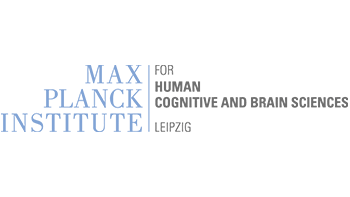Paper of the Month 03/2025
Petschner T, Hofman K, Chen JZ, Andreska T, Wolf D, Knorr S, Blum R, Muthuraman M, Gbureck U, Volkmann J, Sendtner M, Ip CW.
Transl Neurodegener. 2025; 14(1):11. doi: 10.1186/s40035-025-00472-x. PMID: 39980065.
Abstract
Parkinson’s disease (PD), the second most common neurodegenerative neurological disease, is characterized by dopaminergic neuron loss in the substantia nigra (SN) and Lewy body formation. Subthalamic nucleus deep brain stimulation (STN-DBS) effectively treats motor symptoms like tremor and dyskinesia in PD. In addition to its acute effect on the motor symptom networks, there is an ongoing debate on a potential disease-modifying neuroplastic or even neuroprotective effect of chronic STN-DBS, and the underlying mechanisms remain elusive. Plasticity-associated factors, such as brain-derived neurotrophic factor (BDNF) and its receptor tropomyosin receptor kinase B (TrkB), can play important roles in retuning neural networks. Dopamine deficiency in PD striatum causes reduced sensitivity of dopamine receptor D1-expressing medium spiny neurons (dMSNs) to BDNF, leading to intracellular TrkB clustering. This highlights a mechanism relevant to PD pathogenesis and treatment.










